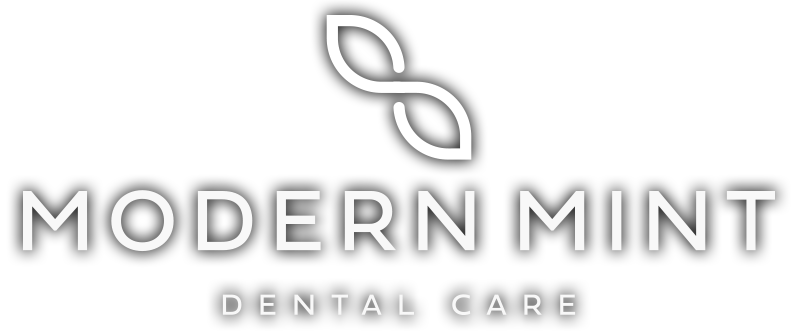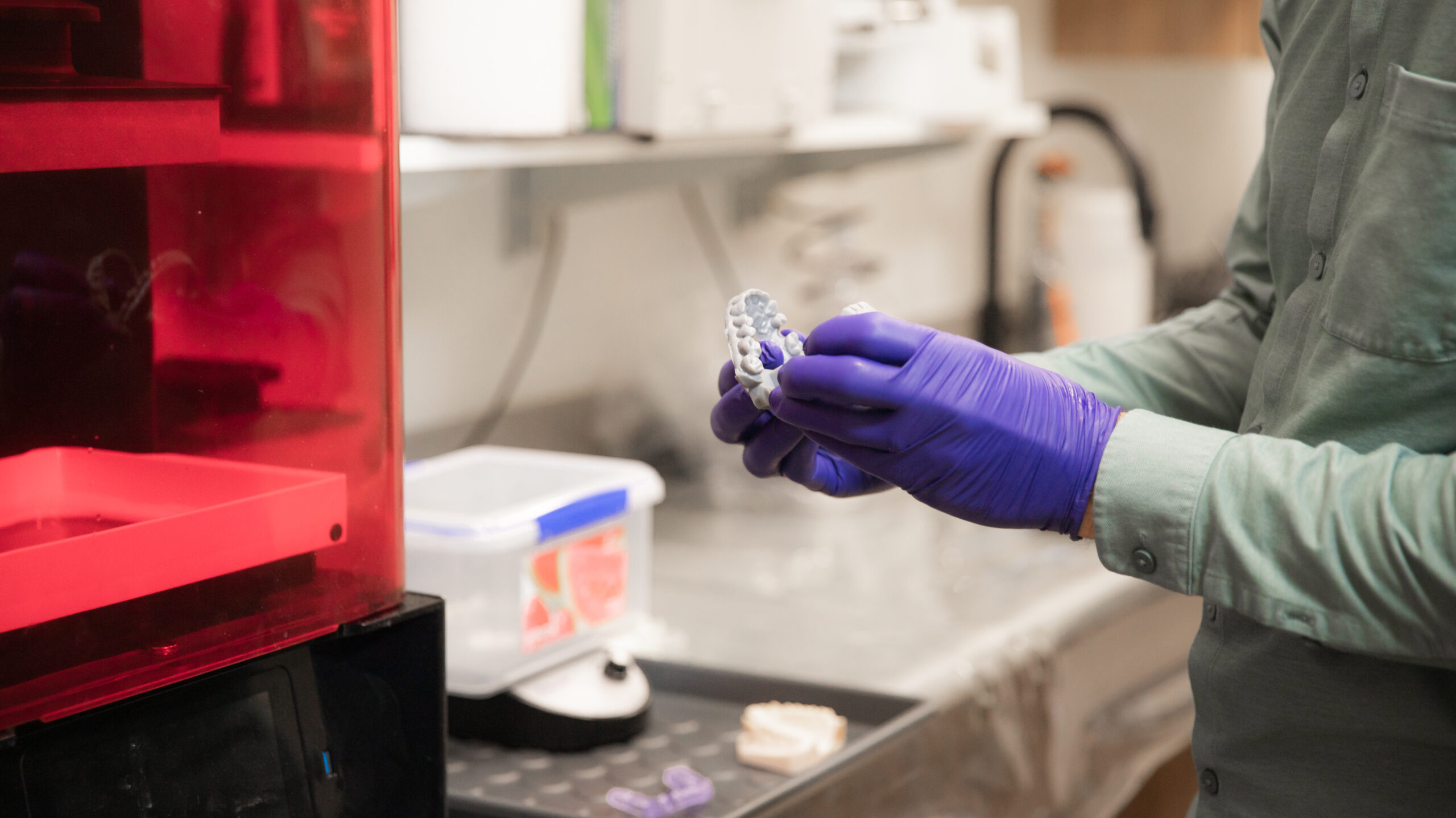3D printing is a technology that has risen to widespread acclaim in recent years and has progressively become more accessible and applicable in various industries.
What is 3D printing and why is it important?
3D printing is a type of additive manufacturing. Additive manufacturing is the process of sequentially adding material, typically in layers, to form a three-dimensional object. On the other hand, subtractive manufacturing creates an object by removing material from a base material. For example, carving a toy from a block of wood would be considered subtractive manufacturing, whereas additive manufacturing is similar in some cases to using a hot glue gun. Additive manufacturing is useful because it reduces material waste and allows for the perfect product to be printed with great accuracy.
3D printing has been in development since the mid-20th century and is mostly popular in scenarios of rapid prototyping for products using plastic. You can even purchase a 3D printer for your home! The application of 3D printing in dentistry has recently become feasible as the FDA has approved new materials for in-the-mouth use. Composite materials are most commonly used in 3D-printed dental items.
How do dental 3D printers work?
There are several types of 3D printers, but dental printers are classified as SLA, or stereolithography, printers. This type of technology uses a liquid resin that is cured in very thin layers by a special light. A build plate is a type of surface on which the printable item will appear. The build plate is lowered into a vat of FDA-approved dental resin and cured in about 50 microns or 0.002 inches thick layers. This precision allows for printed items within such small margins that they can fit perfectly into your mouth over existing structures and further allows the dentist to be extremely precise during a planned surgery.
Once an item is printed in many layers on the build plate, the item is washed in a special solution to remove excess resin, then light-cured to enhance the material’s hardness, and finally, washed again before being used in your mouth.
What types of things are printed in dentistry?
Temporary (and permanent) prosthetics can be printed for you. For example, a crown, veneer, or even a denture can be printed and used either as a temporary solution until the final prosthetic is created or as a permanent, low-cost solution. Although the aesthetics of a 3D-printed prosthetic are different from those of different materials like porcelain for long-term use, they can be the best solution in some cases!
At Modern Mint Dental Care, we use many surgical guides for our procedures, which are 3D printed. One example of 3D-printed surgical guides is for implant placement. First, the dentist scans the patient’s mouth to have an external image. Next, a 3D x-ray is taken to obtain the internal image, bone structure, and nerve location in the patient’s mouth. We can combine the two images to know the precise location of the nerves, teeth, and jaw and pre-plan every aspect of implant placement. By calculating the angulation and depth of an implant, a surgical guide can be created to guide the dentist’s tools for a perfect placement of an implant. Without this technology, a dentist has to rely on external measurements to place an implant, which is less precise than a guided approach.
Is your partner complaining about your night-time teeth grinding and snoring? Schedule an appointment for a night guard or snore guard! Night guards and snore guards are another very common application of 3D printing in dentistry, where special materials can be used to print a precisely fitting sleep guard for a patient.
There are many other uses for 3D printing in dentistry that we take advantage of at Modern Mint Dental Care including processes for creating clear aligners. If you’re in our office, you can always ask to see our bank of 3D printers in action!
Visit us at Modern Mint Dental Care by calling 720-853-0350, emailing [email protected], or book online!




